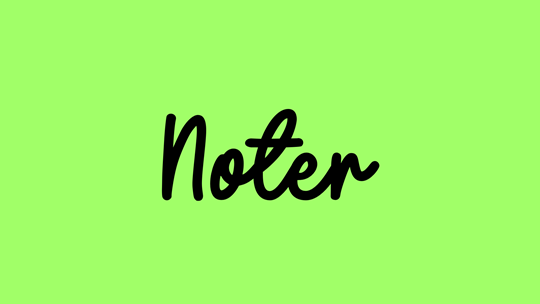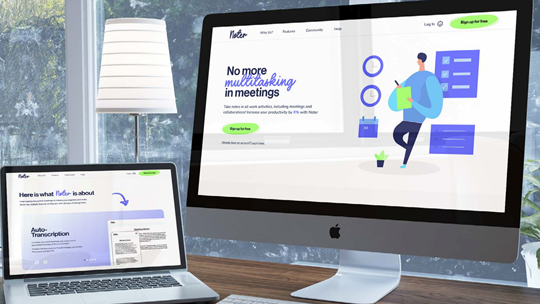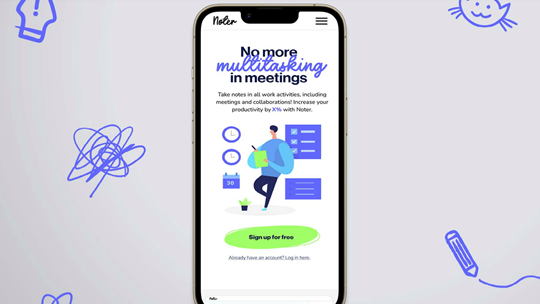Kickstarters 2022: Casey's Journey at Cab Engine
Throughout 2022, Cab Engine has supported the UK government's Kickstart Scheme, which seeks to provide young people with new skills to pursue a career. This year, Cab Engine has welcomed two Kickstarters, Acacia and Casey. Both displayed a keen interest in taking their first steps in the digital world and excelled during their time at Cab Engine.
In a six-month period, Cab Engine has worked to provide a holistic experience for the Kickstarters, ensuring that their education encompass several areas of marketing but also how culture plays such an integral role in any office environment.
Their time with Cab Engine will soon be coming to an end. The work completed in such a short time has left a lasting impression; not just internally but for clients, too. Here, Casey describes his experience whilst with Cab Engine.
We wish both our talented Kickstarters all the best in their future endeavours.
My journey so far
Before I arrived at cab engine, I had recently finished my MSc degree in Psychology, where I focused on psychometrics and user engagement research. More specifically, my studies were based on how to properly measure latent variables (non-observable metrics) through surveys.
In correlation, I took a keen interest in literature reviews on how software designers borrow from gambling and psychological addiction literature to keep users extrinsically engaged in activities. My research experience confirmed that I wanted to go into a tech-related field and apply my skills and experience to design and user experience contexts.
Once I became familiar with the UX Intern role that was vacant at cab engine, I eagerly submitted my application and to my delight, I was taken aboard.

Beginning my cab engine journey
On my first day, I was introduced to Mike, the UX lead at Cab Engine. Mike was very helpful in helping me apply my knowledge to a business environment. One example of this is the approach to analysing interview data. During my degree, I learned how to analyse qualitative interview data by using thematic analysis to generate reliable insights from data. However, this method is very time-consuming and requires full transcripts to be properly reliable.
Mike introduced me to the optimum method of collecting and analysing interview data, through the use of Affinity Mapping. I had heard of affinity mapping previously and conducted exercises through online UX certificates. However, exercises only prepare you so much for the real thing. As I quickly realised, the luxury of time is something you do not have in real word applications.
Learning this has made me appreciate the use of affinity mapping and other faster research techniques which are not studied in academia. The same can be said for creating decks, user story maps, and developing information architecture. Working at Cab Engine has made me realise the importance of efficient delivery within the industry.
Learning from this experience, I have since been refining my interview and analysis skills to meet the demand of the industry while also retaining quality for results to have an impact and actions to be taken.

Taking the lead
During my time at Cab Engine, autonomy was encouraged where possible. With that being the case, I became keen to learn how to properly communicate well with other team members, understanding their needs and how I could help solve their issues.
For example, I continued with client usability tests, liaising with account managers to understand what the client needs were and what research can be done to achieve their goals. This often involved conducting a survey on users to gain an understanding of the current user demographic and a basic overview of their needs.
This situation felt quite overwhelming at first, but I quickly managed to adapt. Not only did my communication skills increase tenfold but I was also able to adapt existing UX research procedures to deliver against expectations.
Previously, only semi-structured interviews were taking place during usability tests, using what I had learned by reading Quantifying the User Experience by Jeff Sauro. Subsequently, I introduced benchmarking elements when testing out client designs. Specifically, the use of time on task, error rates, usability problem rates and the system usability scale. These new metrics acted as new KPIs to benchmark clients’ websites against competitors and future changes. We were, therefore, able to better monitor the current usability of the website and how the changes have improved the user experience.

Learning additional skills
I also managed to learn and refine some new skills in the form of programming in R, the statistic and data science programming language. I was introduced to this language at university and I wanted to further my knowledge of it in a UX context.
I started off by working my way through an introductory online class and the O’Reilly textbook “R for Data Science”. I began learning about how to wrangle and visualise data with ggplot2 and dplyr in the tidyverse package. Playing with JFK 2013 flight dataset and the inbuilt cars dataset, I learned a great deal about how to filter through data, remove bad entries, how to transform data to be useful and how to present data in graphs for easy communication.
Using what I had learned in these exercises, I attempted to conduct and execute a cluster analysis. The purpose of this cluster analysis was to better understand quantitative data collected from users to generate improved and accurate personas. To learn this, I tested it by using data based on different iris flower species. I ran an algorithm that could successfully separate each entry in the data to be under a particular species.
In the Future
In the future, I hope to develop both my UX research skills by conducting more diary and field studies, while also continuing to develop my programming and statistic skills through database language like SQL. In addition, I'd like to continue refining my R skills by working on more complex data sets and conducting a sentiment analysis to gain a better understanding of how users feel about products based on product reviews or social media posts such as Twitter or YouTube.
Armed with this experience, I hope to move into another UX research role and apply what I have learned to other products, while at the same time continuing to develop my skills to eventually become a quantitative UX Researcher. I will look to master the qualitative skills needed to be a successful researcher but also borrow elements from data scientists to fully leverage data and how it can be utilised to improve the digital experience of users.